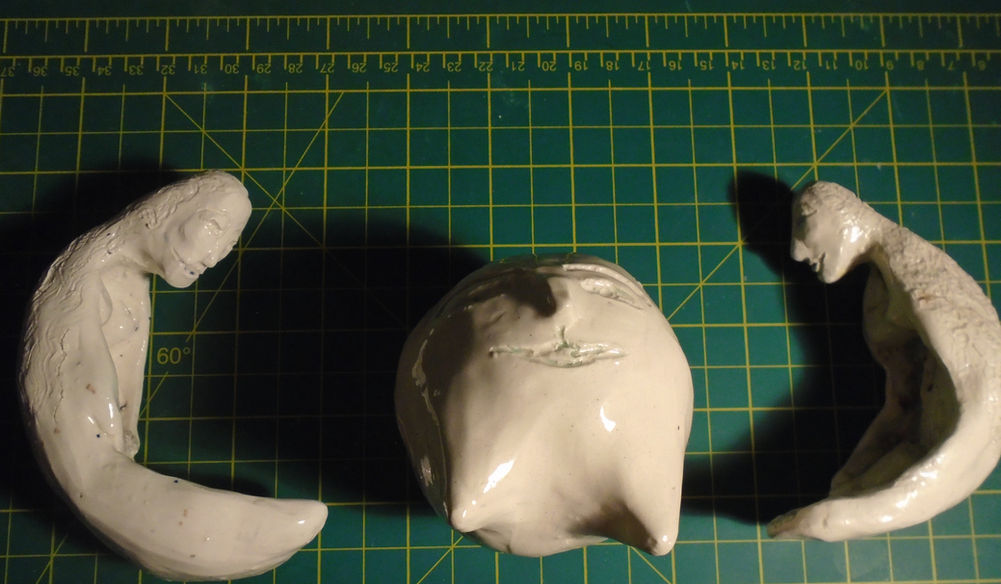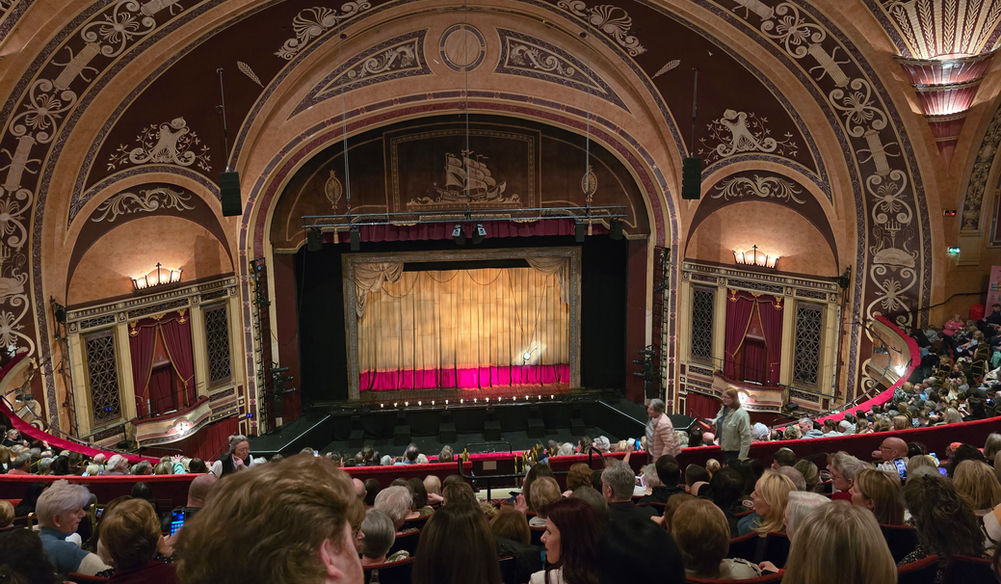
“We’re telling our own story”
Advancing Reproductive Justice in Northern England
A participatory photography project by ReproNorth network members using photos to consider how place and community impact Reproductive Justice
The digital exhibition you can view below includes photographs taken, captioned, and curated by members of ReproNorth, including people with lived experience of health and social inequity and representatives from local community organisations serving women with complex needs and people who are claiming asylum or have refugee status.
The project explores the role of place and community in Reproductive (in)Justice and encourages us to think about how local communities can advance Reproductive Justice and advocate for change. We invite you to engage not only with the photos, but also with the captions. Without the captions, the meaning of each photo cannot be fully understood.
All photos were taken in April 2025. Participants determined how they would like to be credited for their work, with some using pseudonyms and others their first name.
An exhibition was held at the Open Eye Gallery in Liverpool during July-August 2025, with a public launch on Tuesday 8th July. This was complemented by a touring exhibition (in community organisations and public spaces) to reach a broader audience.
Double click on the photo below to open the gallery and scroll through the photos
These photos, taken by photographers with different backgrounds and life encounters, showcase diverse voices yet tell a story of shared experiences. Based on photographers' reflections and group discussions, we identified five themes. The themes are linked, and many photos are relevant to multiple themes.
Community and society
Society places many pressures and expectations on women. Women are pressured to look or live a certain way, to have children, to embrace domesticity. Women are often children’s primary caregivers. At the same time, women may be infantilised and viewed as ‘vulnerable.’ So-called ‘women’s’ issues are not taken seriously enough. The photographers urge communities to question these pressures, and to understand the value of women in society.
Health
The photographers focus on very personal healthcare experiences as well as on community health and healthcare systems. The photos tell of potential gaps in healthcare and the lack of appropriate service provision. The photographers reveal their adaptations, coping mechanisms, and moments of self-care. They also highlight technology as a means for women to tend to their own health.
Space
People occupy space both inside and outside the home. For some, housing was felt to be insecure, unsafe, and poorly adapted to families’ diverse needs. The photographers perceived student housing was prioritised at the expense of suitable family housing. Being and feeling small was prominent in photos – a single flower among a field of leaves, small objects, small jewellery, small hands. Women often take up less space than men, yet are sometimes made to feel they are ‘not small enough.’ Green spaces, such as parks, are crucial for wellbeing. Children need safe, green spaces to play, free from pollution, traffic, and other risks. Similarly, safety concerns shaped the way women interacted with public/urban spaces.
Safety
Fears and barriers to safety are revealed in the photos. Photographers drew both on their lived realities and on research statistics to show how women and girls in the North West are affected by violence. Photographers also reflect on financial safety, and how lack of money limits choices.
Women's voices
Women should have space to tell their own stories. Through their photos, the photographers reclaim their agency and autonomy in a patriarchal society. They reclaim women’s power to make the decisions that are best for themselves. These photos link the private sphere with the public. While the photos may be very personal, they also represent common experiences. This theme exposes what may be hidden and silenced. This includes women’s fears and the self-sacrifice they endure for their families and others. ‘Women’s Voices’ is also about being heard, believed, and trusted.
Key messages from the exhibition
Reproductive Justice is not just for women. We have a collective responsibility to create social, political, and physical environments to ensure people (including cisgender, trans and gender diverse) have full control over their bodies, futures and reproductive choices.
Urban planning and development must be gender responsive. Urban design and development must be gender responsive— it should consider and address how gender matters for whether a space is safe, welcoming, and useful. Urban design should prioritise inclusivity, accessibility and community safety to support diverse lived realities, and overcome barriers to Reproductive Justice that the risk of violence presents.
Healthy housing and placemaking are priorities. There is a need for safe and secure housing that can adapt to the needs of diverse and evolving families. This is particularly urgent for groups with limited control over housing, including people who are claiming asylum or have refugee status.
Services must be better connected. Experiences such as domestic violence, criminal justice involvement, and social isolation create complex social needs. Holistic community support services can create ‘safe spaces’ and respond to social needs. This must be paired with relevant specialty services.
Listen to local people. Women, trans and gender diverse people should be heard and believed. Local communities should prioritise the voices of overlooked, devalued, and marginalised people, who face the greatest barriers to Reproductive Justice. This involves taking active steps to make sure marginalised communities are involved on their own terms.
There can’t be change without action. Big change often starts with small actions. We can all do our part. This might include starting conversations about Reproductive Justice in your community or volunteering to support a local community organisation. The possibilities are endless.
Questions to consider
1. What actions could you take in your community to advance Reproductive Justice?
2. This exhibition brings together the voices of people who all identify as women. How might the stories of people with other gender identities differ/be similar?
3. Do you think the stories in this exhibit reflect the situation across England, or other international settings?
4. What needs to change in your community so that people can be heard, believed and have full control over their bodies and futures?
5. How can we make public and private spaces safer so that choices/opportunities are not limited by fear of violence?
What do you think?
to complete our feedback form and tell us!
Acknowledgments
We would like to thank Open Eye Gallery, Liverpool for hosting the first in person exhibition, and for their input into design and logistics.
We would also like to thank Toxteth Women’s Centre and Tomorrow’s Women for their support throughout this project and for hosting the travelling exhibition.
Thanks go to Tom Elkins from PhotoVoice for delivering bespoke training in participatory photography, and for the mentorship that he has provided to our research group since.
We would also like to thank Birth Companions for delivering training on trauma-informed engagement of people with lived experience.
Additionally, thanks to Lancaster University and UKRI for providing the funding for this project.
Finally, thank you to the members of the ReproNorth research team, including the participants who shared their work in this booklet.
The academic team behind this project were: Dr Sophie Patterson; Liza Caruana-Finkel and Prof. Jasmine Fledderjohann. For more information, please contact the principal investigator Sophie Patterson: s.patterson1@lancaster.ac.uk

























